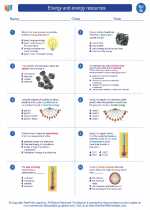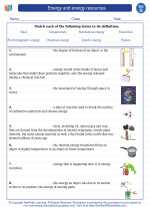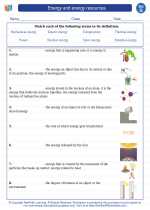Mechanical Systems
A mechanical system is a collection of interconnected components that work together to perform a specific task or function. These systems can be found in a wide range of applications, from simple machines like levers and pulleys to complex systems such as engines and robotics.
Key Components of Mechanical Systems
- Input: The part of the system where the energy or force is applied.
- Process: The mechanism that converts the input energy into the desired output.
- Output: The result or product of the system's operation.
- Feedback: Information that is used to adjust or control the system's operation.
Types of Mechanical Systems
There are various types of mechanical systems, including:
- Simple Machines: Basic mechanical devices such as levers, pulleys, and inclined planes.
- Complex Machines: Advanced systems like engines, gear trains, and robotic arms.
- Biomechanical Systems: Systems found in living organisms, such as the musculoskeletal system.
Study Tips
When studying mechanical systems, it's important to:
- Understand the function of each component within the system.
- Identify the types of forces acting on the system (e.g., tension, compression, torque).
- Recognize the relationships between input, process, and output in various systems.
- Practice solving problems involving mechanical advantage, power, and work.
Real-World Applications
Mechanical systems are utilized in numerous real-world applications, such as:
- Transportation: Vehicles, bicycles, and conveyor belts.
- Manufacturing: Assembly lines, robotic arms, and hydraulic presses.
- Construction: Cranes, elevators, and power tools.
- Biomechanics: Human movement, prosthetics, and sports equipment.






